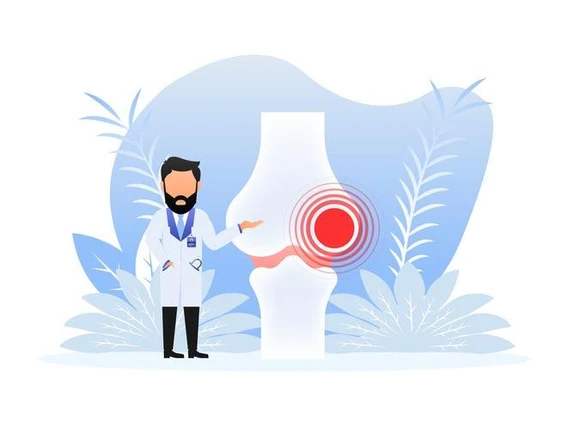What is a Frozen Shoulder?
A frozen shoulder, also known as adhesive capsulitis, is a condition characterized by pain and

stiffness in the shoulder joint. It occurs when the capsule surrounding the shoulder joint becomes thickened and tight, restricting the movement of the shoulder. The exact cause of frozen shoulder is not always clear, but it is thought to involve inflammation and the formation of adhesions in the joint capsule.
Key features of a frozen shoulder include:
1. Pain: Individuals with a frozen shoulder often experience pain, which may be dull or aching. The pain is typically located around the outer shoulder and may extend down the arm.
2. Stiffness: Stiffness is a hallmark of frozen shoulder. As the condition progresses, the range of motion in the shoulder becomes increasingly limited.
3. Difficulty with Activities: Daily activities that involve reaching or lifting the arm, such as putting on a shirt or reaching for an object on a high shelf, can become challenging.
4. Progressive Nature: The condition tends to develop gradually, and the symptoms may worsen over time. There are typically three phases of a frozen shoulder: the painful phase, the adhesive phase (characterized by increasing stiffness), and the resolution phase (where movement gradually improves).
Risk factors for developing a frozen shoulder include:
- Age: The risk increases with age, with the condition more commonly affecting individuals between the ages of 40 and 60.
- Gender: Women are more often affected than men.
- Certain Health Conditions: Individuals with diabetes, cardiovascular disease, or thyroid disorders may be at a higher risk.
- Immobilization: Shoulder immobility, such as after surgery or injury, can contribute to the development of a frozen shoulder.
Treatment for a frozen shoulder typically involves a combination of pain management, physical therapy, and, in some cases, medical interventions. Here are some common approaches:
1. Pain Relief:
- Nonsteroidal anti-inflammatory drugs (NSAIDs) or pain relievers may be prescribed to manage pain.
2. Physical Therapy:
- Physical therapy is a key component of treatment. Therapists work with individuals to improve range of motion, reduce stiffness, and strengthen the muscles around the shoulder.
3. Heat and Ice:
- Applying heat or ice to the affected shoulder can help alleviate pain and reduce inflammation.
4. Joint Distension and Corticosteroid Injection:
- Fluid may be injected into the joint under ultrasound guidance to stretch the capsule and improve range of motion. At the same time, corticosteroid can be provided to reduce inflammation
It’s important for individuals experiencing symptoms of a frozen shoulder to seek medical attention for an accurate diagnosis and appropriate treatment plan. Early intervention and consistent management can help improve outcomes and prevent long- term disability.


















